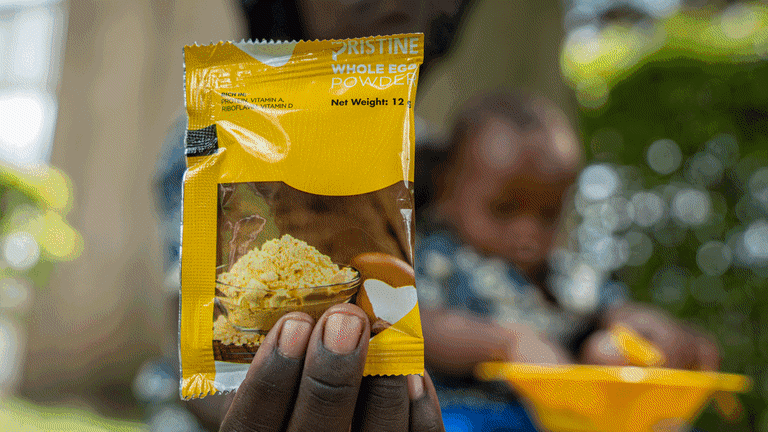Is Uganda’s Karamoja region another non-governmental organization republic, just like Haiti?
Since the early 1960s, aid groups have been providing food aid to the Ugandan region, where there is a fairly big “aid industry,” according to Ben Jones, a lecturer in development studies at the University of East Anglia.
“[A]longside the [World Food Program] there are organisations such as Oxfam, Mercy Corps, Caritas, Save the Children, Kopein, Warriors Squad Foundation, Karamoja Diocese Development Services, Unicef, UN OCHA, World Vision and many more. Many of these NGOs already have a sizeable budget,” Jones says. “According to local sources Mercy Corps, a medium-sized NGO, spends more than 10bn (£3m) Ugandan shillings; Oxfam will spend more than that. So while the WFP may be cutting back, others are still spending.”
Jones refers to a report indicating that WFP, in a bid to curb food aid dependency, is testing a new approach that limits provision of supplies to vulnerable groups and builds local agricultural capacity in Karamoja.
>> In Uganda, Donors Slam Imprudent Government Spending
“There are interests at work which have little to do with whether Karamojong people live or die, and those interests need new stories, new approaches to justify what would otherwise look like persistent failure,” Jones writes in the “Poverty Matters” blog published in the Guardian. “For many people living in Karamoja, there is a fundamental disconnect between what NGOs claim to do, and what they see.”
He adds that NGOs working in Karamoja are perceived as more corrupt than those operating in other Ugandan communities.








